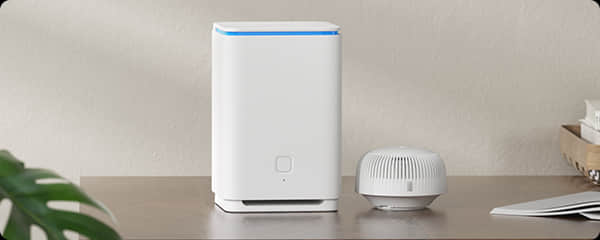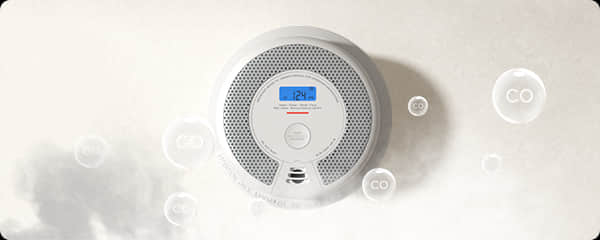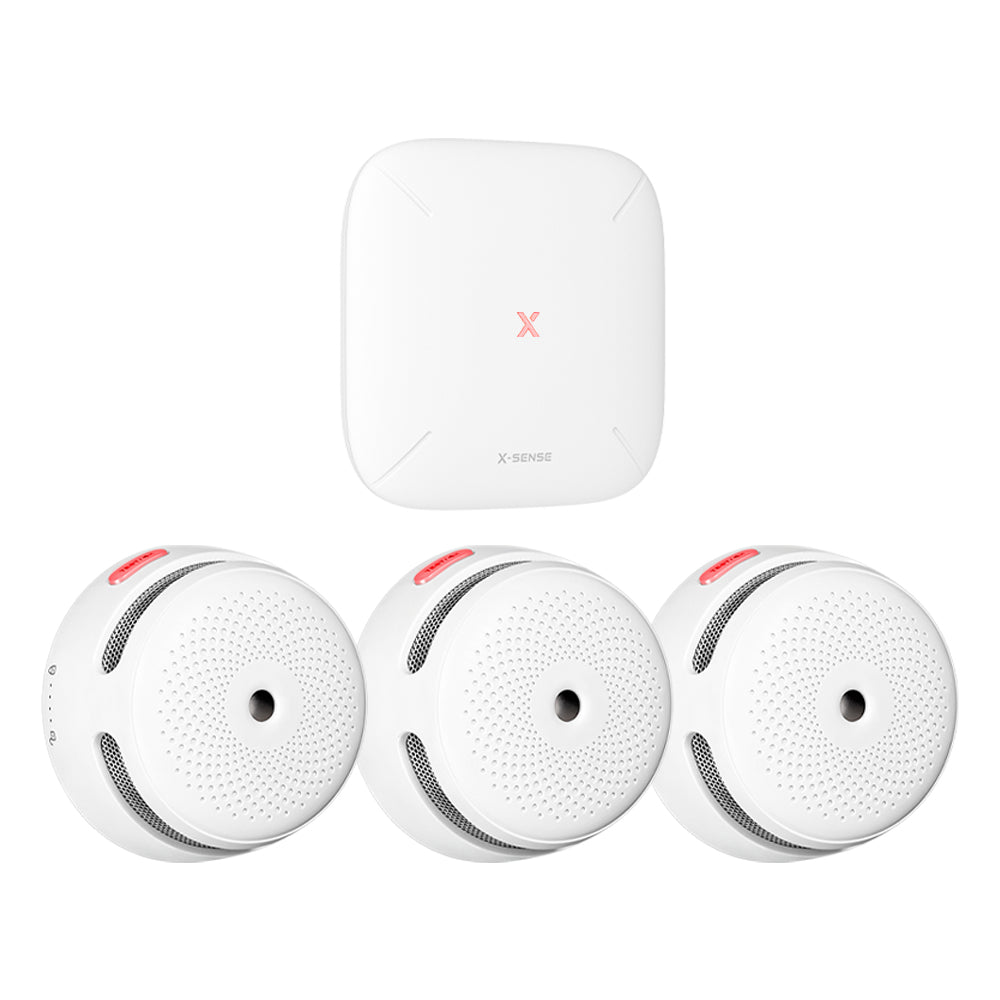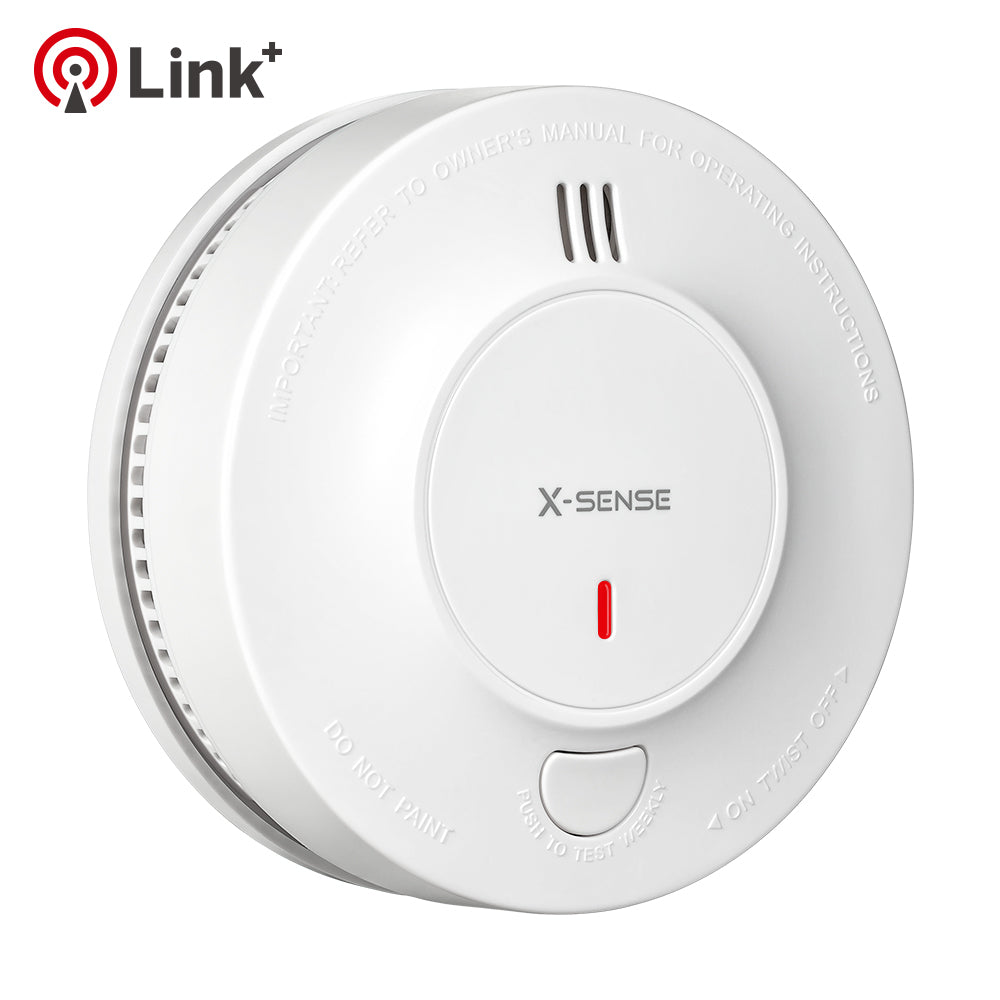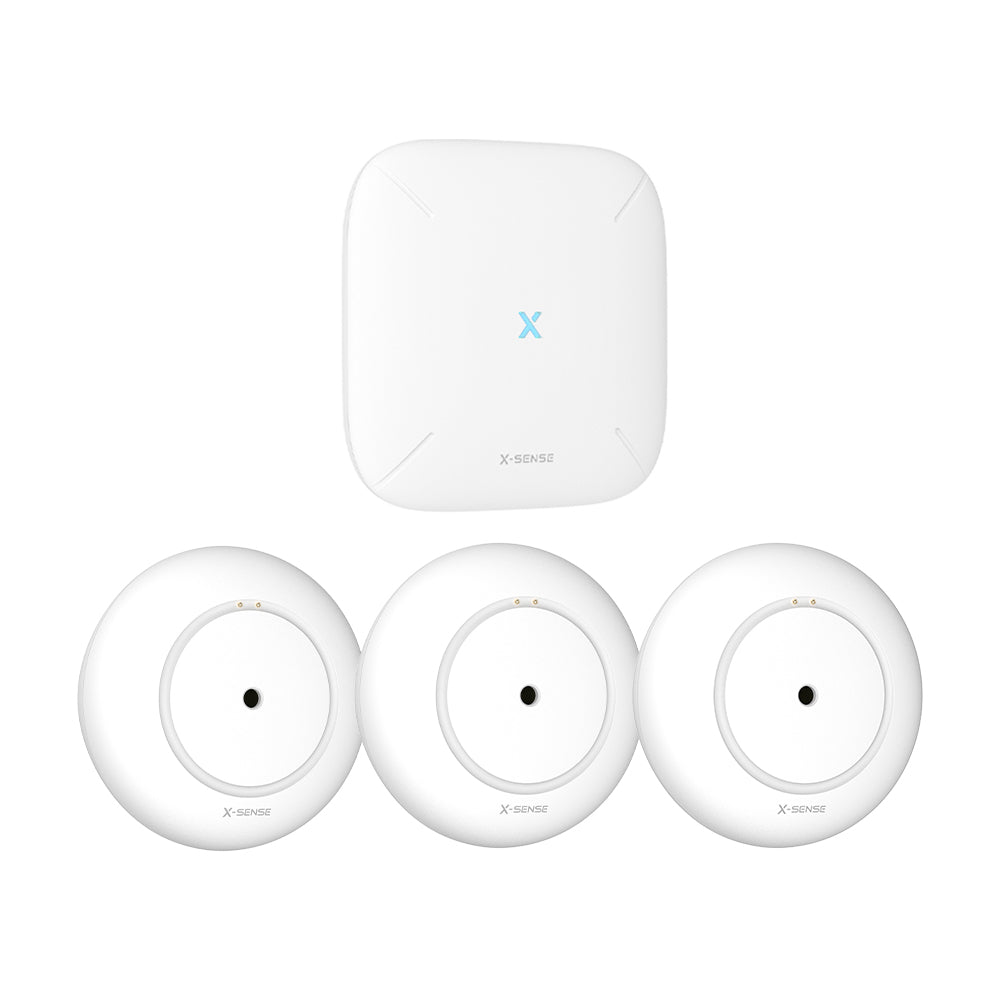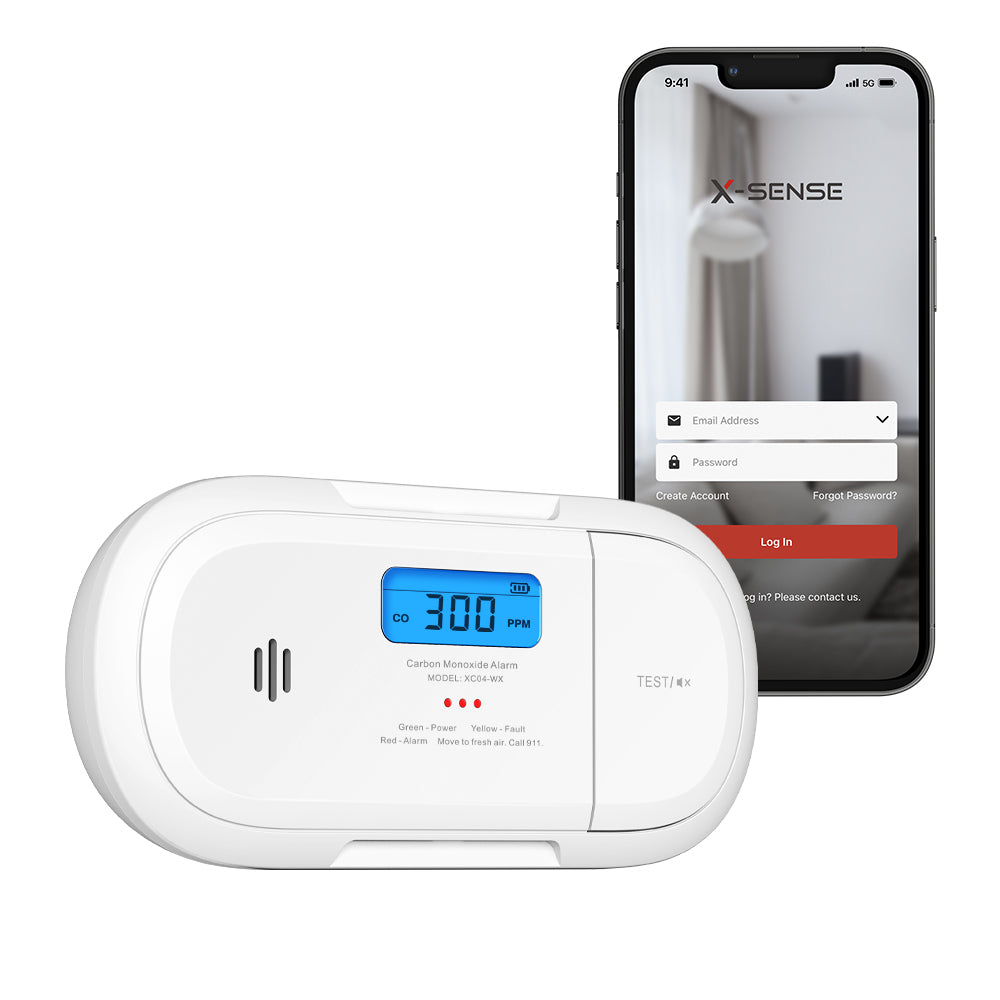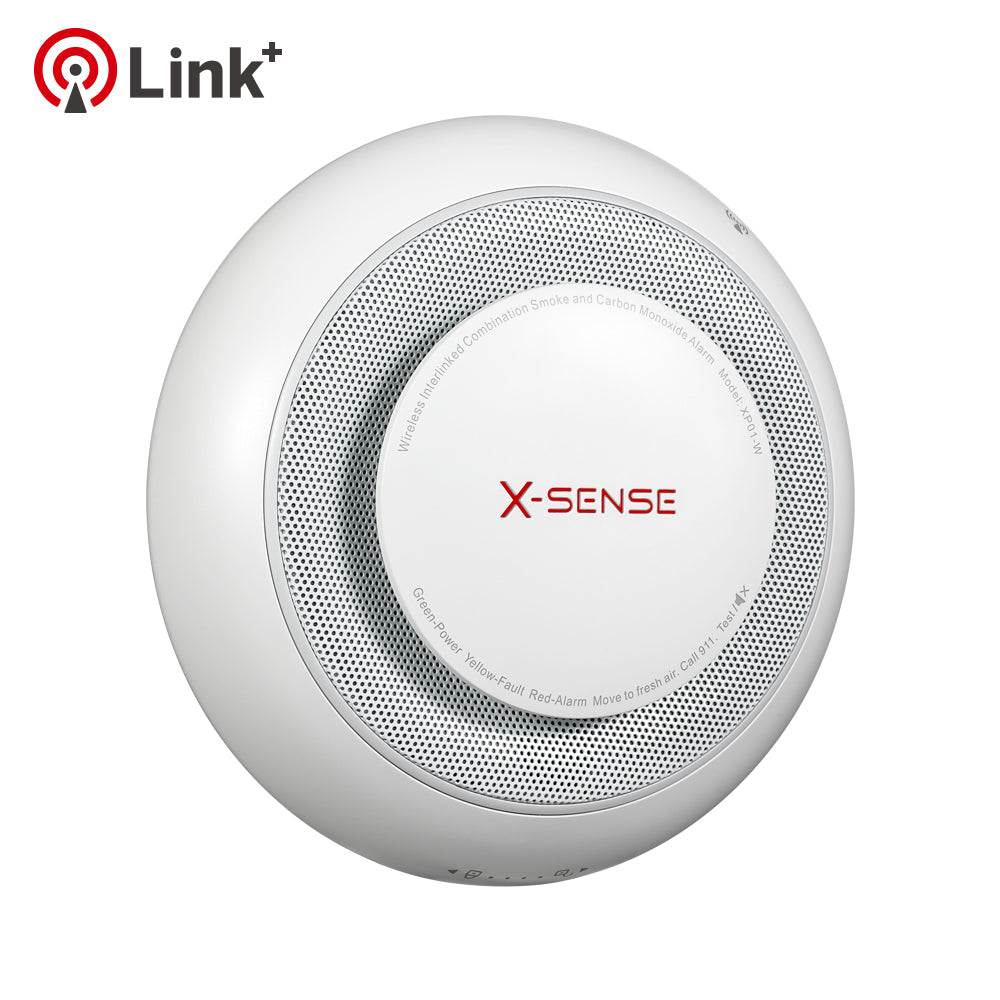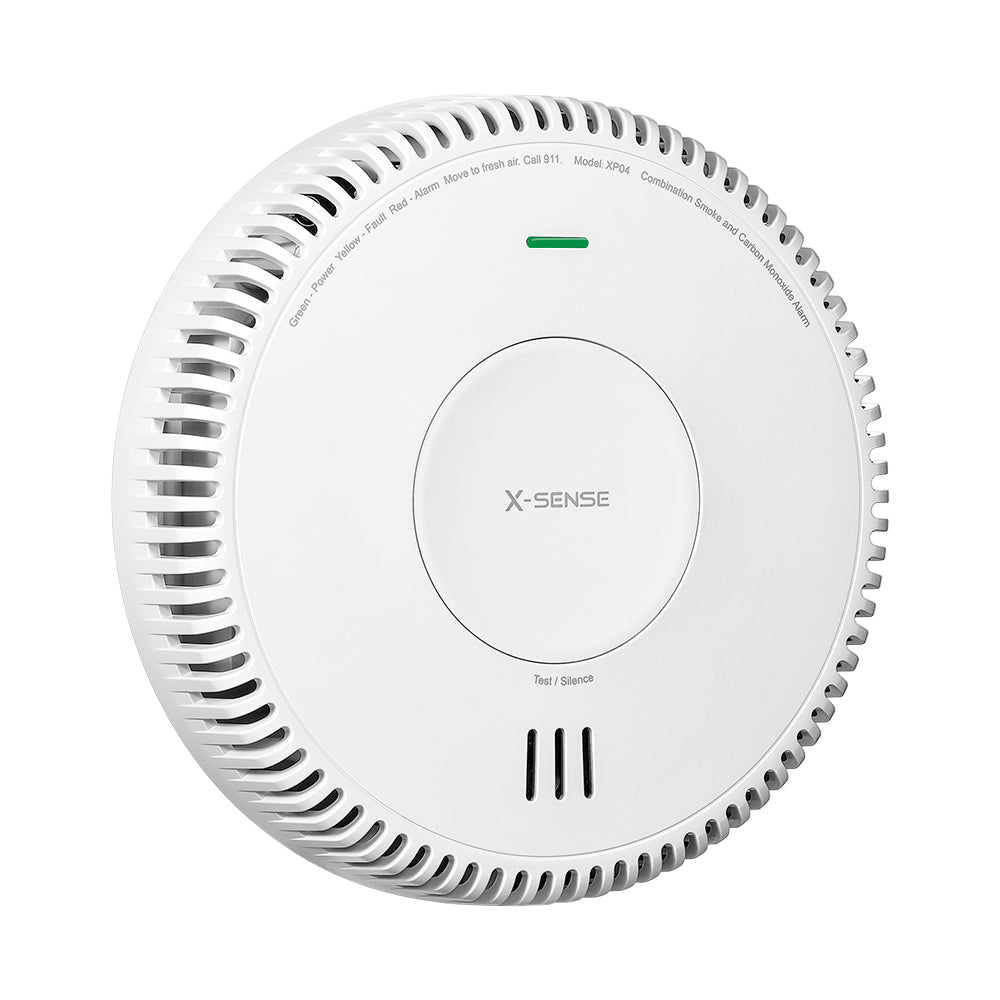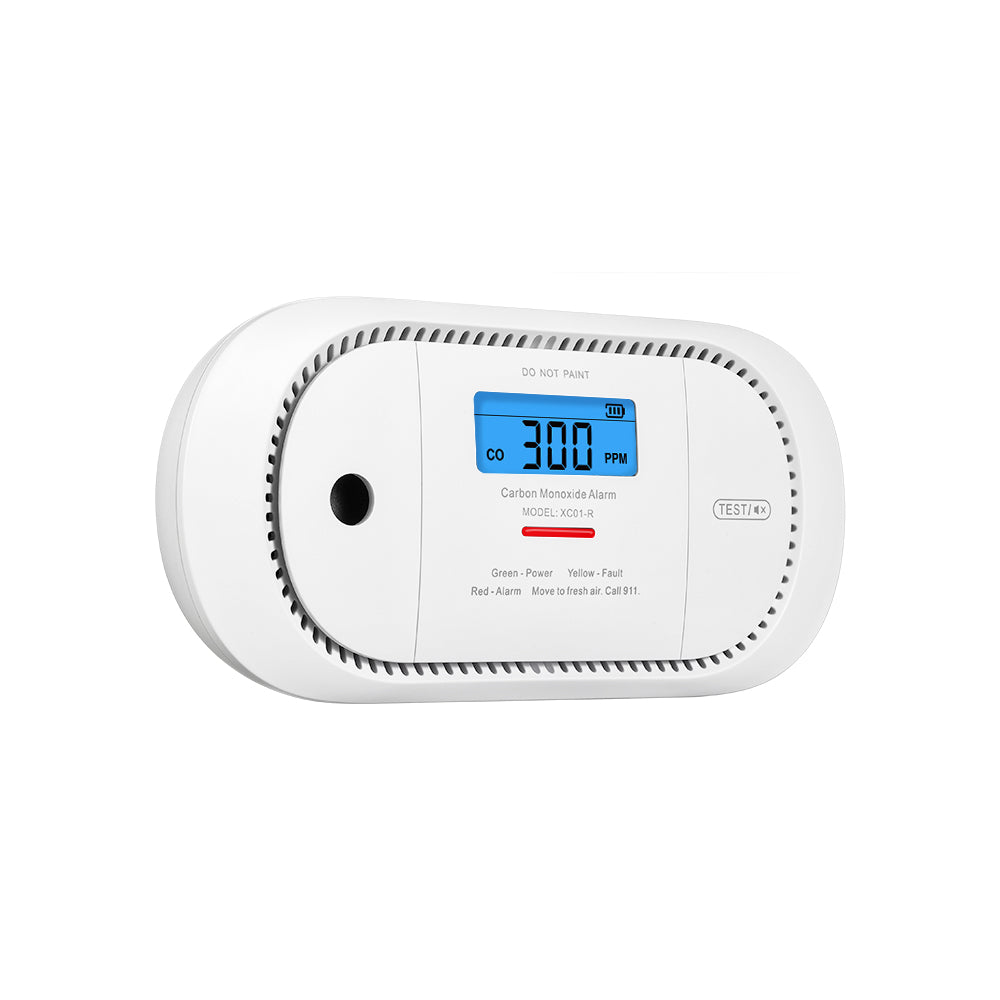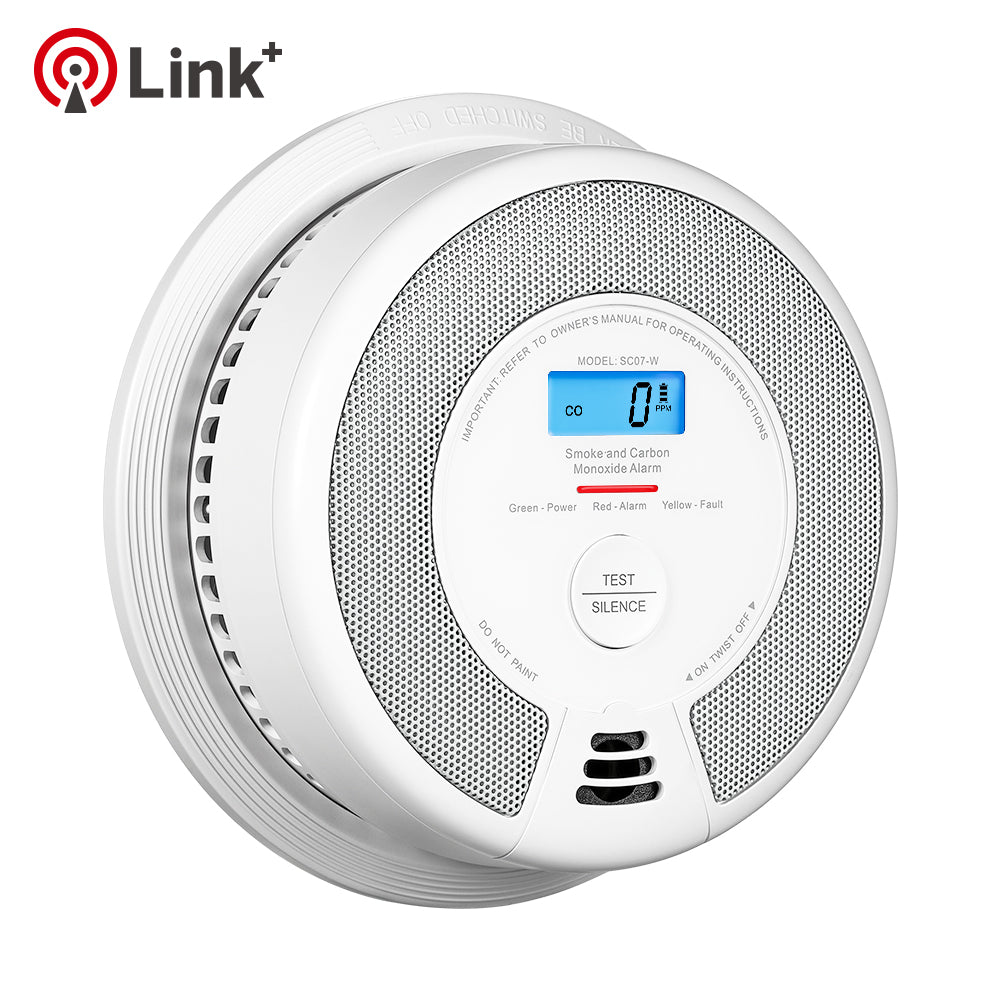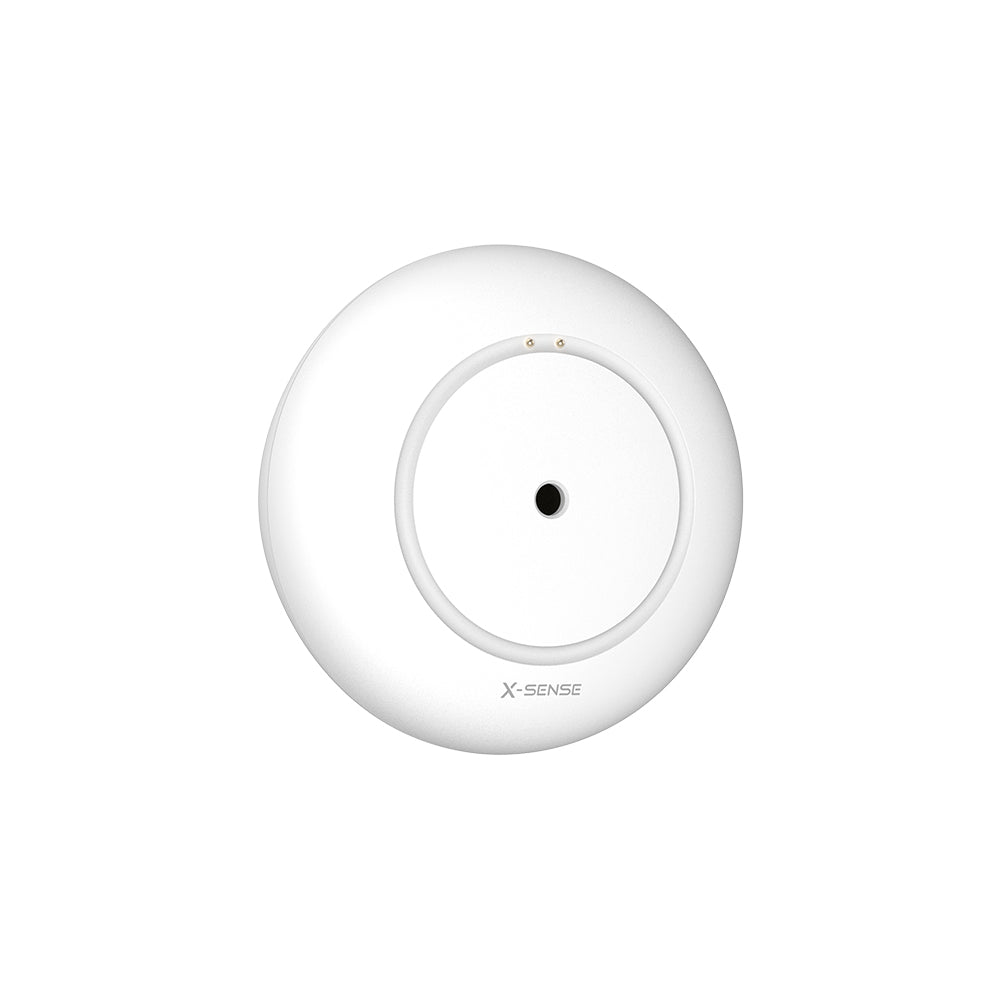RV Safety Essentials: Choosing the Best Carbon Monoxide Detector
Fri, Apr 19, 2024
Traveling in an RV offers a sense of freedom and adventure but comes with its own set of safety considerations, particularly the risk of carbon monoxide (CO) poisoning. An RV's compact environment, combined with the use of gas-powered appliances and heaters, can lead to dangerous levels of CO if not properly monitored. That's why having a dedicated carbon monoxide detector RV is an indispensable part of your travel gear.
Importance of a Carbon Monoxide Detector in an RV
CO is an odorless, colorless gas that can cause serious health issues, or even be fatal, without warning. In an RV, the risk increases because of the proximity to CO-producing sources like stoves, heaters, and generators. A quality carbon monoxide detector designed for RV use can alert you to the presence of CO, providing critical time to ventilate the area and take safety measures.
Best RV Carbon Monoxide Detectors
When selecting the best RV carbon monoxide detector, look for models that are specifically designed for the unique needs of RVs. These units are built to withstand the vibrations and temperature variations common in RV travel. Here are some recommended features to consider:
- Battery Operation: Opt for battery-operated units to ensure protection even without a power connection.
- End-of-Life Alert: A detector that signals when it's time for a replacement can be a lifesaver.
- Test/Silence Button: This feature allows you to test the alarm weekly and silence it during false alarms without disabling the unit.
- Digital Display: A display showing CO levels can help you monitor the air quality and respond to increasing CO levels before they become dangerous.
Installing and Maintaining CO Detectors in Your RV
RV Carbon Monoxide Detector Placement
Proper placement is crucial for effective detection:
- Install the detector at least 15 inches away from fuel-burning appliances.
- Mount it near the sleeping area and at a height recommended by the manufacturer, as CO mixes with air and doesn't rise like smoke.
- Avoid locations where it can be covered by furniture or draperies.
Maintenance
To keep your CO detector functioning properly:
- Test the unit weekly using the test button.
- Replace batteries annually, or as indicated by the device.
- Clean the detector regularly with a soft cloth to keep vents clear.
- Follow manufacturer guidelines for calibration or professional inspection if required.
By choosing a reliable CO detector and following these guidelines for installation and maintenance, you can help ensure that your RV adventures are not just memorable, but safe for everyone on board. A little precaution goes a long way in protecting against the silent threat of carbon monoxide while enjoying the open road.
You may also want to know the Portable and Travel-Friendly Carbon Monoxide Detectors.
